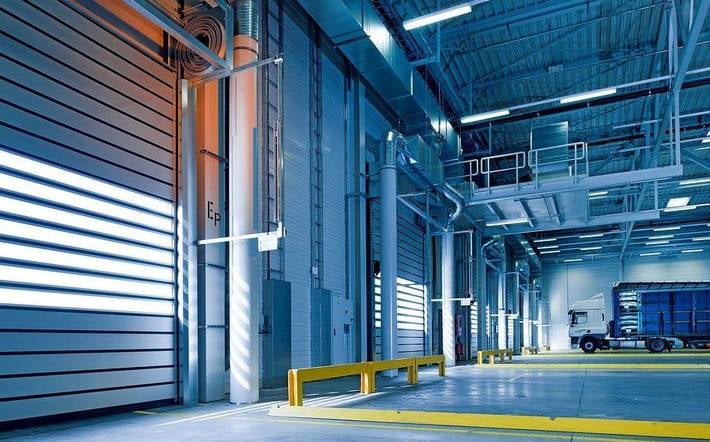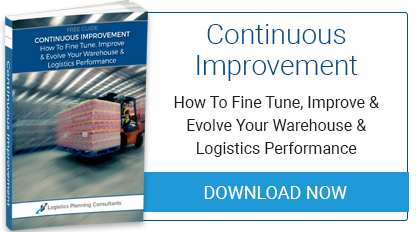
You have just bought your shiny new automated system. It has been installed and commissioned. In some respects, that was the easy part. There are challenges of course in doing so, but you have had a lot of expertise from the supplier and you have your own project team. But the people who delivered the solution will move on. It is vital for the successful operation of the system that knowledge is gained and retained within the operations team, and that processes and team are put in place to run and maintain the system. The easiest way to accomplish this is for key people to be part of the project team or work closely with them.
System Understanding And Control
The majority of automated systems have some flexibility designed into their operation, though the degree varies from system to system. The control system will contain a number of parameters that can be configured by the operator. The greater the flexibility, the more parameters there are. It is perfectly possible to mis-adjust some of these parameters so that the system will, at best, underperform and will, at worst, be throttled. Access to the parameter controls should be restricted to those with an understanding of the system.
A typical example of the issues that can occur with configuring parameters is the control of buffer size, e.g. the number of totes allowed into a pick zone. If a buffer parameter that allows totes onto a system is set higher than the physical buffer capacity, you will at some time cause the system to stop while the totes are processed and the buffer clears, or the totes are ‘recirculated’, occupying conveyor or sortation space that could otherwise be utilised productively. You may think, “Why would anyone be stupid enough to do that?”, but allowance has to be made for totes in transit between the release point where the system checks the buffer state and the buffer, if throughput and capacity are not to be reduced. Also, remember that changing parameters to ‘open the tap’ on one part of the system can have unexpected implications on other parts, if other parameters are not altered or sufficient labour is not allocated.
Parameters are necessary, as without them you would have a ‘hard-wired’ system with no flexibility to respond to change. Over the life of the system, operational requirements will change as demand changes, whether it is through seasonality, order profile, changes in SKUs and so on. The correct use of the parameters enables the system performance to be optimised.
Availability
All systems have breakdowns and you need to have personnel and plans to deal with that eventuality, and to maintain the availability of the system. But there are steps that can be taken to minimise the occurrence and mitigate the impact. The starting point is the preventative maintenance regime. The supplier will have provided a maintenance schedule, with the required inspections detailing the process and timings. Whether the maintenance is done in house, is outsourced or is a mix, time should be made available for this to be done. Some parts of a system are not used all the time and can be easily made available, whereas other parts are critical and maintenance can only be undertaken when entire system is stopped. In busy periods, access for maintenance can be difficult, and therefore should be planned around the peaks with increased maintenance access beforehand.
Know Your Facts And Prioritise
There are two other points to consider. Firstly, make sure you collect data – recording downtime, reasons and so on – so that you know what is happening and can use facts to inform your planning. Secondly, you should focus on what availability means to you – for example, despatch may be more important than inbound at certain times of the day. You should focus resource effort accordingly, and prioritise actions.
To summarise, make sure your team understands the control system and the configuration to optimise performance. Collect, collate and analyse the data on KPIs such as throughputs, availability and downtime. Finally, make the system available for preventative maintenance and prepare for peak periods.


